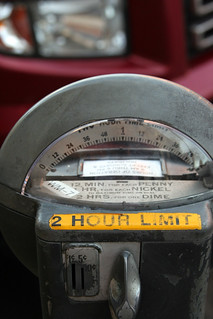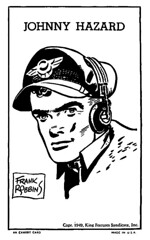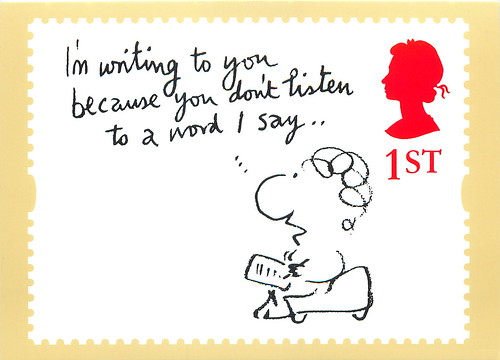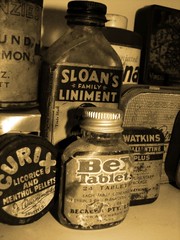 Have you ever had a Naked drink?
Have you ever had a Naked drink?
I’m talking about those bottled fruit smoothies and protein shakes you find in stores.
While more expensive than a soda, they’re also delicious and far more healthy.
In fact, Naked Juice Company has taken improvised marketing to a new level.
Every commercially sold food product in the U.S. (and many other parts of the developed world) is required to list ingredients in order from most to least, by volume. Naked certainly complies with that regulation.
But they also include a second list of ingredients. The second list is huge and prominent. In fact, it typically takes up an entire side of the juice bottle. Even on the large sizes.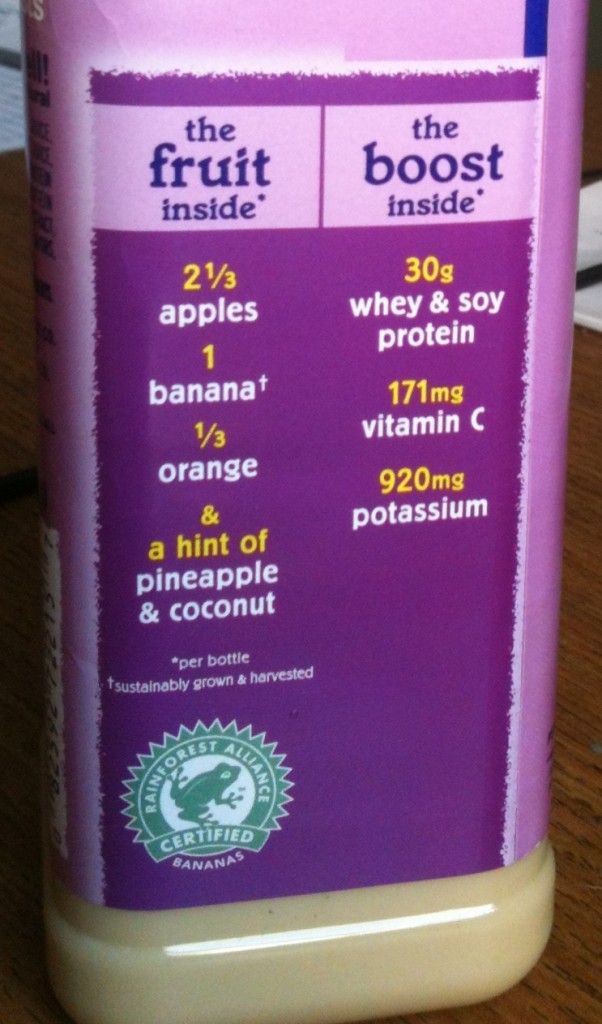
Because the content and format of this second ingredients list doesn’t have to conform to any regulations, Naked was able to get creative and use it to really highlight how much better their juice is than their competitors.
When you look and see all the natural ingredients, you can’t help but feel that this is healthy stuff. (If you look at the regulated ingredients list, you’ll also note that there aren’t any junk ingredients they “conveniently” left off the bigger, more obvious list. This stuff really is healthy.)
Just about the only thing they didn’t do — and I’m not quite sure why — is simply label it as “a bottle of fruit”. Or “a bottle of goodness”, or “nature in a bottle” or something along those lines.
At any rate, by being proud of their ingredients and the wholesomeness of their product, Naked has upped the ante in the juice wars.
It reminds me of Haagen-Dasz Five. If you didn’t know, Five is a line of Haagen-Dasz ice cream flavors that have only five ingredients each: Milk, Eggs, Cream, Sugar and whatever the flavor of the ice cream is.
They print their ingredients list in huge type on the front of every carton.
The front. It appears there every bit as prominent as the Haagen-Dasz name itself.
If your product is so high quality, so markedly superior to all your competitors, wouldn’t you want to shout it from the rooftops too? And if it isn’t, why not? These companies have proven that there’s a definite market for something that’s better.
Even though they cost a bit more, I care about what I feed my family so I regularly choose both these products over their less-healthy competitors.
This doesn’t only apply to food. Do you buy your kids Lego toys or the cheap look-alikes that don’t fit together quite as well? Did you buy your computer from a reputable company whose name you’ve heard or did you get the dirt cheap Chinese knock-off? Tires, cameras… all kinds of consumer goods fall into this category.
It isn’t only about brand either. Sometimes, there’s little or no difference in quality between a name brand product and its more generic counterpart. For instance, I usually opt for store brand canned vegetables over the national brands. Often, the difference is literally just the label. (After all, the store doesn’t put the veggies in the can. They contract with the big national company to do it for them and just put their label on instead of the national brand’s label.)
Likewise with gasoline. It’s a commodity product whose only real differentiation is price. Electricity, water, phone service… all suffer the same problem of commoditization.
But when quality is a factor, you should strive to have it. Once you do, tout it for all it’s worth!
Click any of the icons below to retweet these passages from the above article.
![]() Get Naked with these healthy juice guys.
Get Naked with these healthy juice guys.
![]() No junk ingredients they “conveniently” left off the list.
No junk ingredients they “conveniently” left off the list.
![]() Why not just call it “a bottle of fruit”?
Why not just call it “a bottle of fruit”?
![]() If your product was so high quality, wouldn’t you shout it from the rooftops too?
If your product was so high quality, wouldn’t you shout it from the rooftops too?
![]() These companies have proven that there’s a definite market for something that’s better.
These companies have proven that there’s a definite market for something that’s better.
![]() I care what I feed my family so I choose both these products over their less-healthy competitors.
I care what I feed my family so I choose both these products over their less-healthy competitors.
![]() All kinds of consumer goods fall into this category.
All kinds of consumer goods fall into this category.
![]() When quality is a factor, you should strive to have it. Once you do, tout it for all it’s worth!
When quality is a factor, you should strive to have it. Once you do, tout it for all it’s worth!


